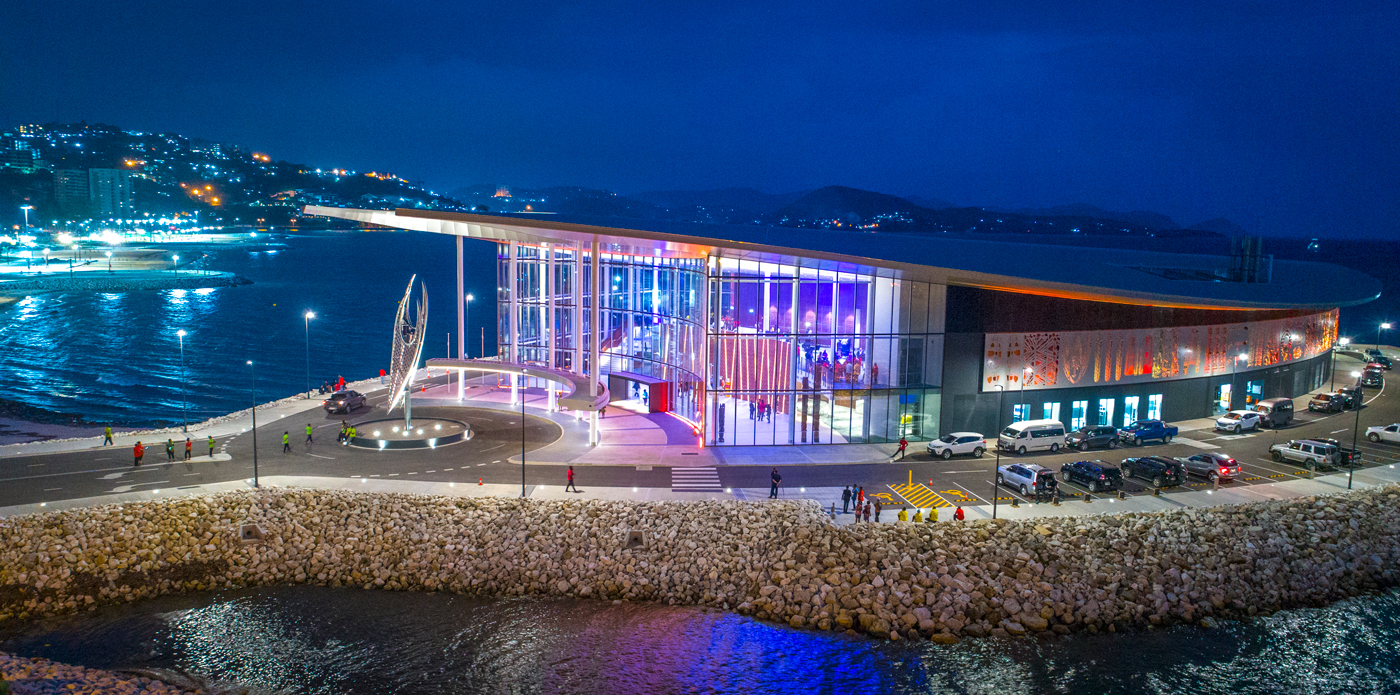Booming Economy of Papua New Guinea: What to Expect in the Next 50 Years
Papua New Guinea (PNG) is experiencing a booming economy, driven by the growth of its mining and energy sectors. In 2023, the PNG government estimated that the country’s GDP would grow by 7.4%, making it one of the fastest growing economies in the world.
The mining industry is a major contributor to the PNG economy, accounting for around 30% of GDP. In 2023, the PNG government estimated that the mining industry would generate around $10 billion in revenue.
There are a number of major mining projects underway in PNG, including:
The Wafi-Golpu copper-gold project, which is expected to start production in 2027 and generate around $5 billion in revenue over its lifetime.
The Frieda River copper-gold project, which is expected to start production in 2029 and generate around $4 billion in revenue over its lifetime.
The P’nyang copper-gold project, which is expected to start production in 2031 and generate around $3 billion in revenue over its lifetime.
In addition to mining, the energy sector is also a major contributor to the PNG economy. PNG is a major exporter of liquefied natural gas (LNG), with exports valued at around $5 billion in 2023.
The PNG government is investing heavily in the development of its energy sector, with a number of new LNG projects underway. These projects are expected to boost PNG’s LNG exports by around 50% in the next five years.
The booming economy of PNG is having a positive impact on the lives of its citizens. In recent years, there has been a significant reduction in poverty and an increase in living standards.
The PNG government is using the revenue from the mining and energy sectors to invest in infrastructure, education, and healthcare. This investment is helping to create jobs and improve the lives of Papua New Guineans.
What to Expect in the Next 50 Years
The PNG government’s Medium Term Development Plan IV (MTDP IV) sets out a vision for a prosperous and inclusive PNG by 2032. The MTDP IV focuses on four key areas:
Economic growth: The MTDP IV aims to achieve an average annual GDP growth rate of 7% over the next ten years.
Human development: The MTDP IV aims to improve the lives of Papua New Guineans by investing in education, healthcare, and social services.
Infrastructure development: The MTDP IV aims to invest in infrastructure, such as roads, bridges, and power generation, to support economic growth and human development.
Governance and security: The MTDP IV aims to improve governance and security to create a stable and predictable environment for business and investment.
If the PNG government is able to achieve the goals set out in the MTDP IV, the country is on track to become a prosperous and inclusive middle-income country by 2032.
The booming economy of PNG is also having a positive impact on the country’s role in the region. PNG is becoming a more influential player in the Pacific region, and its economy is growing faster than many of its neighbors.
In the next 50 years, PNG is expected to become a major economic power in the Pacific region. The country’s rich natural resources and its young and growing population will drive economic growth.
The PNG government is committed to using the country’s wealth to improve the lives of its citizens. The government is investing in infrastructure, education, and healthcare to create a prosperous and inclusive society.
PNG is a country with a bright future. The booming economy is creating jobs and improving the lives of Papua New Guineans. The government is committed to using the country’s wealth to create a prosperous and inclusive society.
The booming economy of PNG will have a positive impact on the property development industry in the country. The growth of the mining and energy sectors will lead to increased demand for housing and commercial space.
In addition, the PNG government is investing heavily in infrastructure development, which will create new opportunities for property developers. For example, the government is building new roads and bridges, which will open up new areas for development.
The population of PNG is expected to grow from around 10 million people today to over 15 million people by 2050. This population growth will also drive demand for housing and commercial space.
The people who move to PNG in the next 50 years will be a mix of skilled workers, professionals, and entrepreneurs. They will be attracted to PNG by the country’s strong economic growth and its abundant job opportunities.
The influx of new people will create a demand for a variety of housing options, including apartments, townhouses, and single-family homes. There will also be a demand for new commercial space, such as office buildings, retail space, and hotels.
The property development industry in PNG is well-positioned to meet the growing demand for housing and commercial space. There are a number of experienced developers operating in the country, and there is a growing pool of skilled workers and professionals.
The PNG government is also supportive of the property development industry. The government has introduced a number of policies to encourage investment in the sector, such as tax breaks for developers and incentives for homebuyers.
Overall, the future of the property development industry in PNG is bright. The booming economy, the growing population, and the government’s support for the industry will all contribute to its growth.

